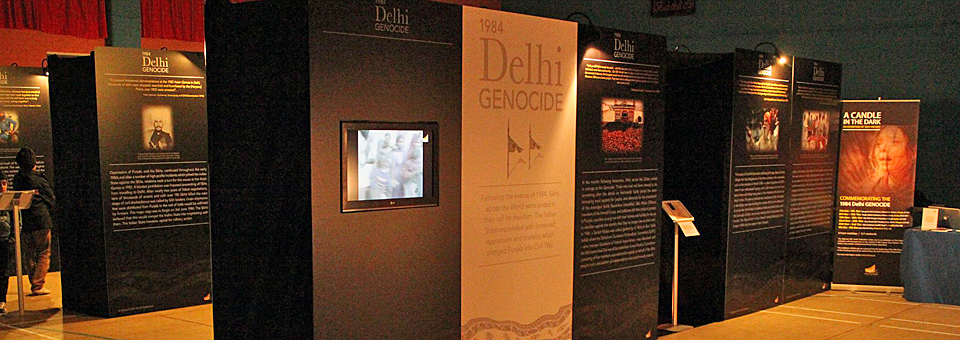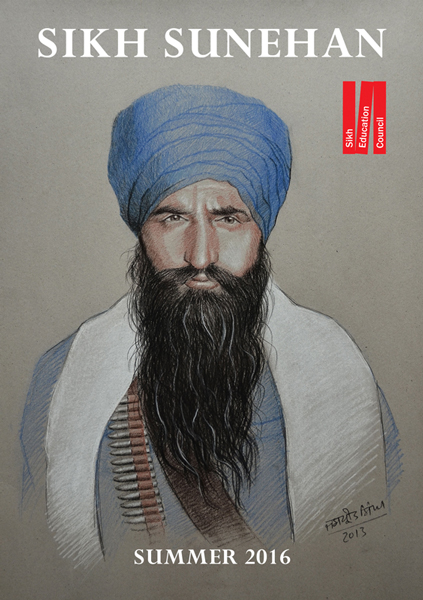Over the last few months, an exhibition has toured a number of cities in the UK to highlight the Delhi Genocide of 1984. ‘A Candle in the Dark’, as it is titled was created by a new UK organisation, the National Sikh Youth Federation (NSYF) to show how the atrocities of 1984 fit into the context of what has come to pass in Sikh history. The exhibition was curated to a highly professional standard, and from both a marketing and design aspect was incredibly successful. But the lasting impact of this exhibition is yet to be judged: will it inspire people to recognise what has and continues to clash with the Sikh way of life, beyond the commemorative occasions early in June and November?
Commemorating the 28th anniversary of the 1984 Genocide, the NSYF launched this exhibition in the Berkshire town of Slough where over the course of five days at the Ramgarhia Centre, hundreds of people came to witness something that they had quite not expected to see. ‘A Candle in the Dark’ takes a visitor from the birth of Guru Nanak’s ‘Niyara Panth’ right through to the shenanigans being perpetrated by Sikh institutions in recent years.
Having volunteered to help set-up the exhibition over those first few days, I saw visitor after visitor surprised and captivated by the sheer size of what they were being exposed to. In the weeks since, Derby, Leeds, Glasgow, Cardiff, Gravesend and now Smethwick have come to learn what too few Sikhs have understood for years; the Genocide of 1984 was part of a wider strategy by the Indian State that had been perpetrated for over a hundred years against the Sikh people. Yet the Sikhs are not the only victims here. The battle being fought is not one across religious divides between adherents of two faiths. It is a clash of civilisations between those who wish to exert power and those whose very existence was to set people free.
I know too few Sikhs who truly understand Guru Nanak’s ideology to any degree. It is a complete philosophy for society that both emancipates the individual and enhances the World around us. Those who understand this and seek to give birth to such a reality will undoubtedly face the wrath of those who seek to usurp power over their fellow man. This is precisely what has been exacted for over a hundred years on the sub-continent by the handful of people who control the direction of the nation state. The Genocide of 1984 was a premeditated attack on the Sikh consciousness aiming to vanquish enduring proponents of Guru Nanak’s ideology, particularly those who did not succumb despite the atrocities suffered months earlier in Operations Bluestar and Woodrose.
The Genocide of 1984 was a turning point event in the recent history of the Sikh people. The orchestrated attack on men, women and children throughout India (focused in Delhi) following the assassination of Prime Minister Indira Gandhi by her Sikh bodyguards, was symptomatic of the war that had thus far been waged against the Sikh psyche in post-partition India. Thousands will have seen the exhibition by the time it closes for the last time in Smethwick on Sunday. One can only hope that it will have ignited a passion to learn more about what is really happening to us and around us.





